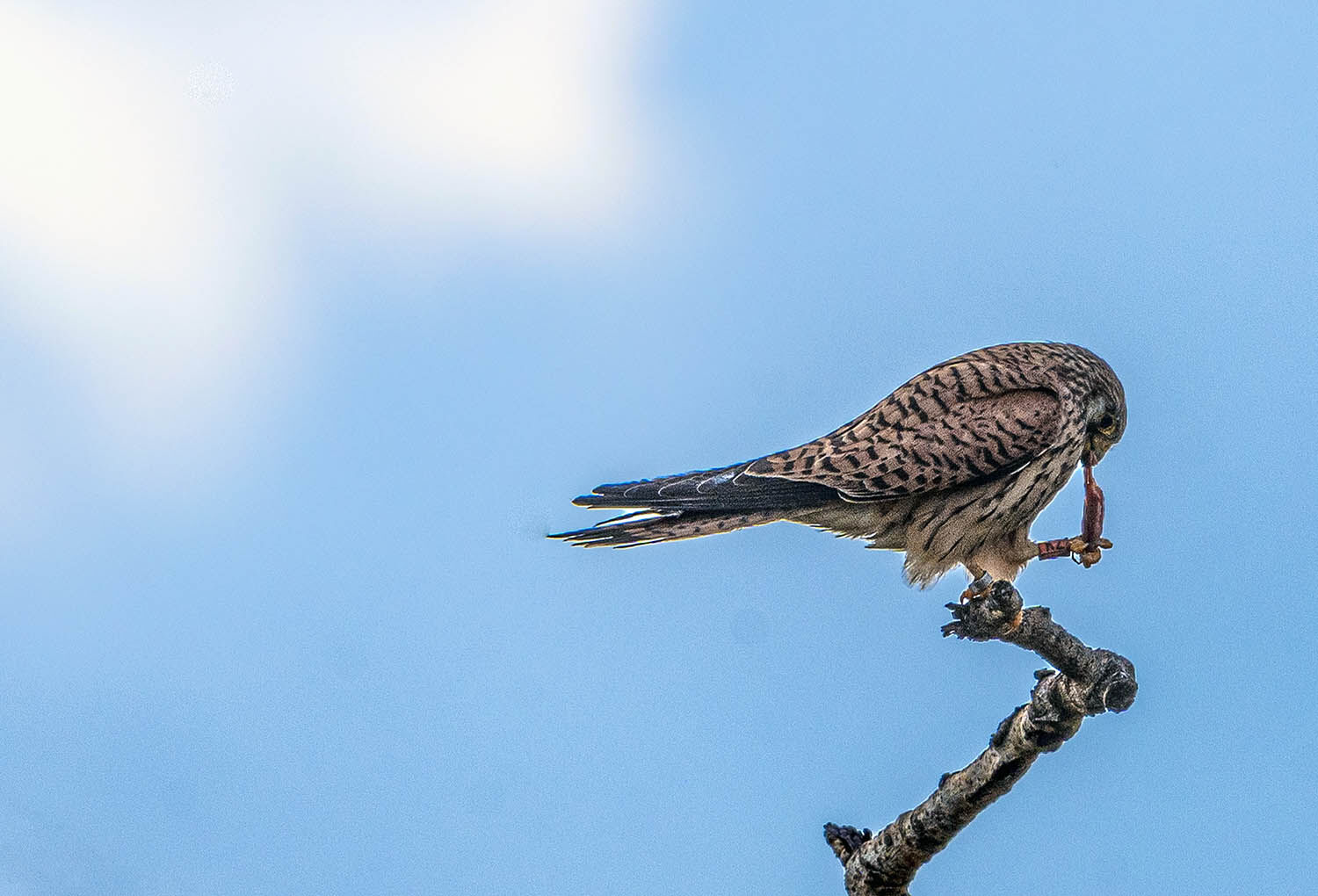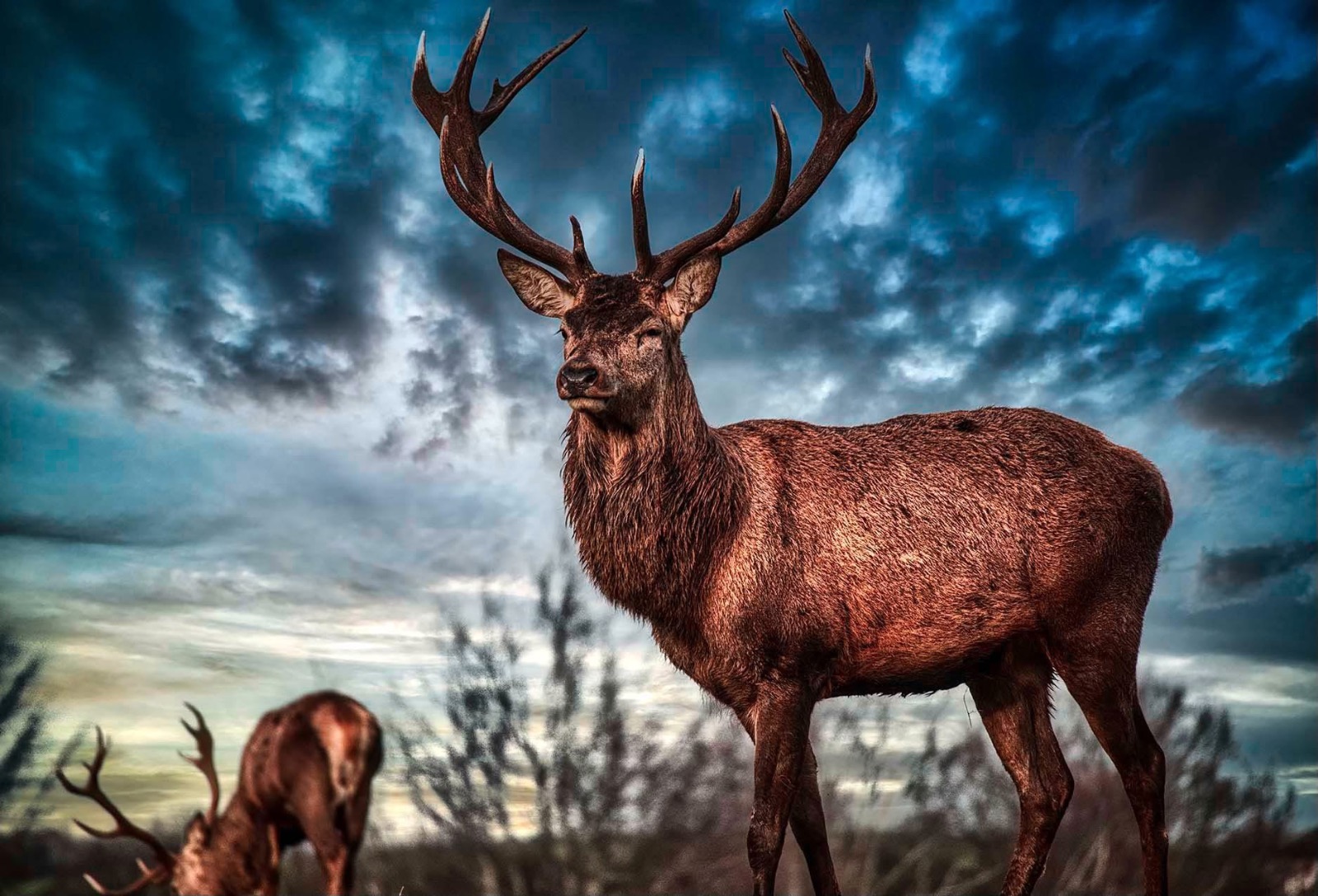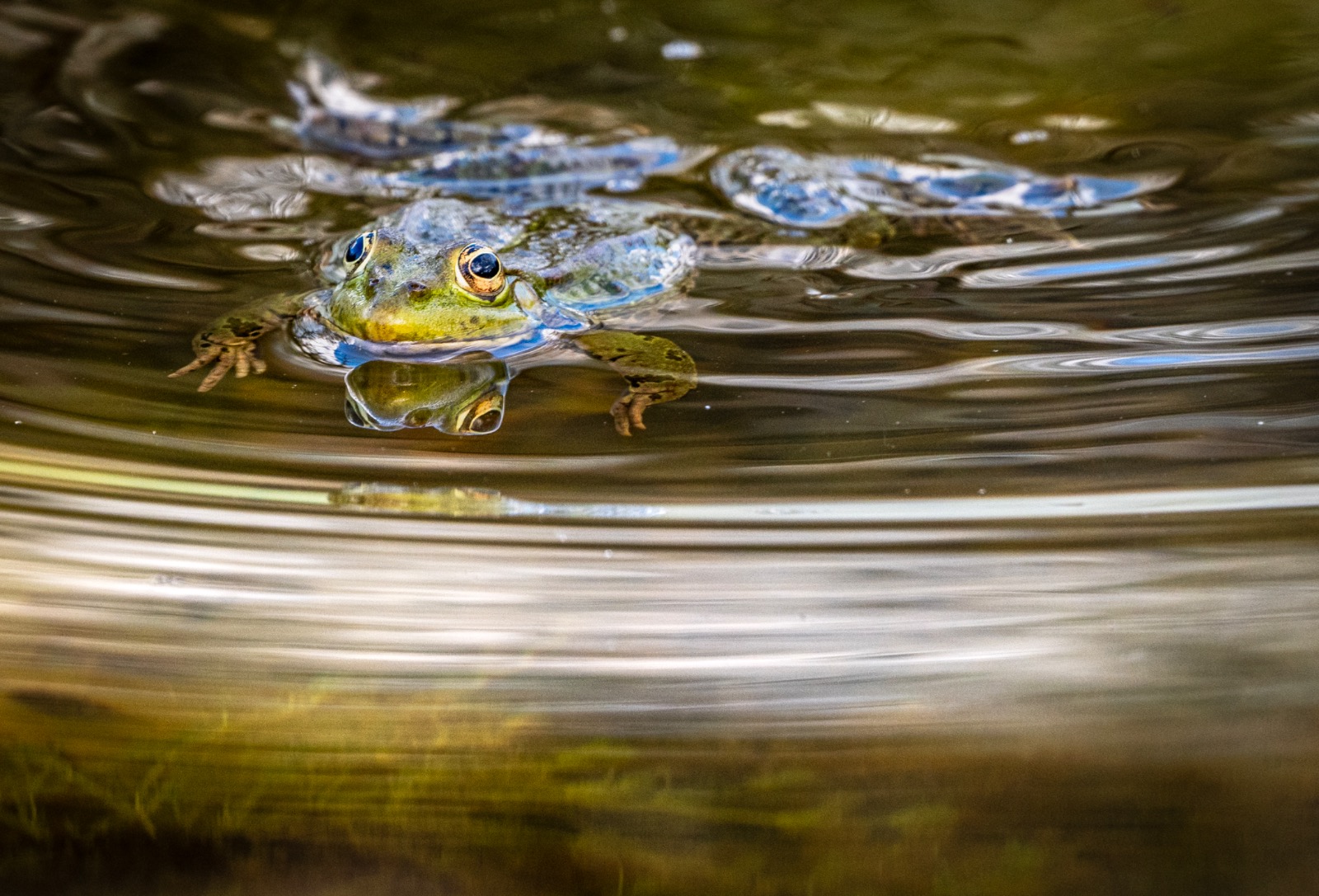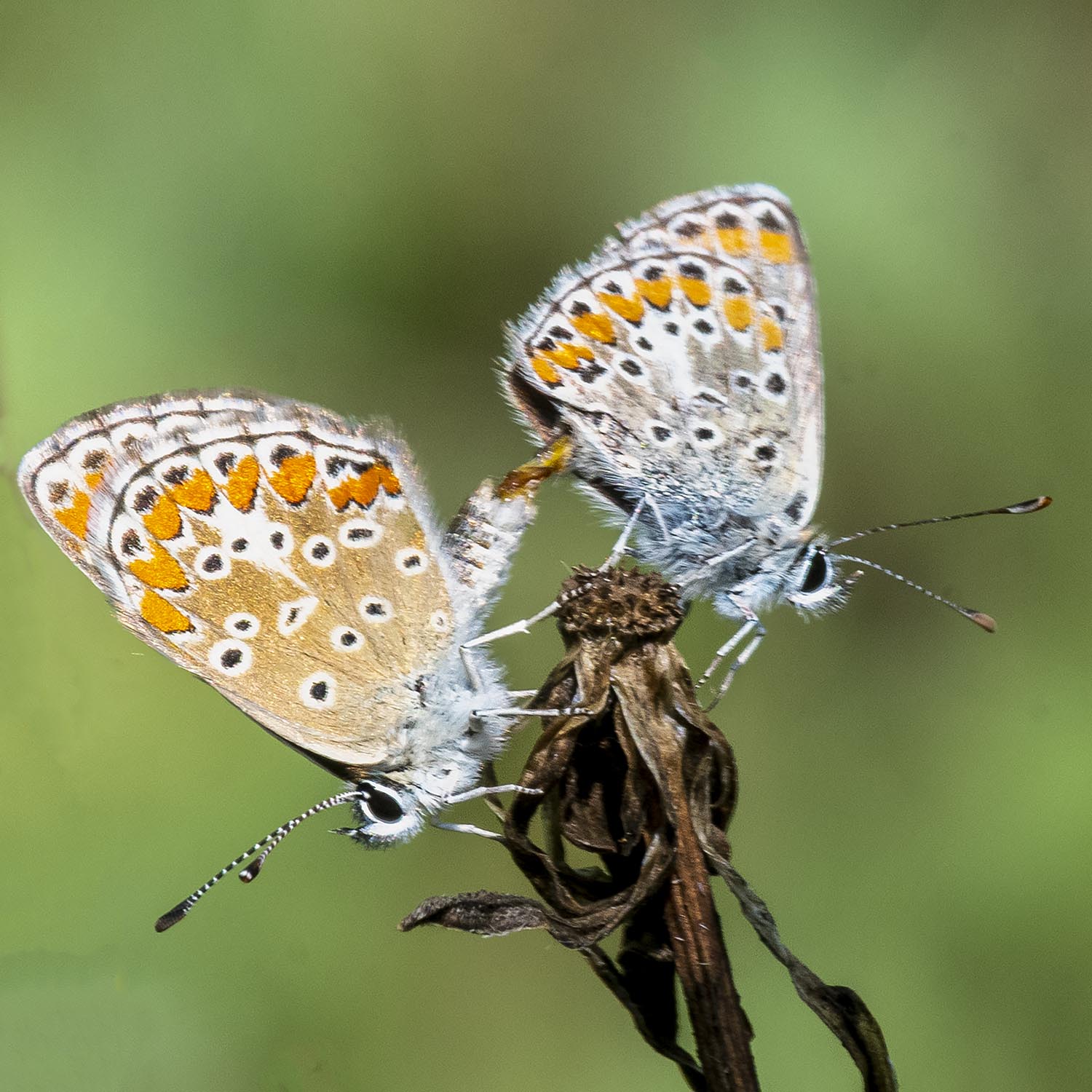Wildlife photography
11/08/2025

Photography is a photographic style to tell a story
That sounds fascinating! Wildlife photography is a thrilling and rewarding pursuit, allowing you to capture the beauty and rawness of nature. Whether you're just starting or have years of experience, here are some tips and ideas to enhance your wildlife photography:
### **1. Essential Gear for Wildlife Photography**
- **Camera:** A DSLR or mirrorless camera with fast autofocus (My Nikon D850, Nikon Z fc and Nikon Z6II).
- **Lens:** Zoom lens Nikon 180-600 and Sigma sports 150-600 Telephoto lenses (300mm, 400mm, or 600mm) for distant subjects; macro lenses for small creatures.
- **Tripod/Gimbal Head:** Helps stabilize heavy lenses for sharp shots.
- **Camouflage Gear:** Blinds or camouflage clothing to avoid disturbing animals.
- **Extras:** Extra batteries, memory cards, and weather protection for outdoor shoots.
### **2. Key Techniques**
- **Patience & Observation:** Wildlife moves unpredictably—wait quietly for the perfect moment.
- **Fast Shutter Speed:** Freeze motion (1/1000s or faster for birds in flight).
- **Aperture Control:** Use wide apertures (f/2.8–f/5.6) for bokeh, or smaller (f/8–f/11) for more depth.
- **Focus on the Eyes:** Sharp eyes create a connection in the photo.
- **Shoot in Burst Mode:** Capture fast action sequences.
### **3. Best Lighting Conditions**
- **Golden Hours:** Early morning and late afternoon for soft, warm light.
- **Overcast Days:** Even lighting reduces harsh shadows.
- **Avoid Harsh Midday Sun:** Can create unflattering contrasts.
### **4. Composition Tips**
- **Rule of Thirds:** Place the subject off-center for balance.
- **Negative Space:** Highlight the animal in its environment.
- **Eye-Level Shots:** Get low for an intimate perspective.
- **Behavior Over Portraits:** Capture hunting, feeding, or interactions.
### **5. Ethical Wildlife Photography**
- **Keep Distance:** Use long lenses to avoid stressing animals.
- **No Baiting or Disturbance:** Don’t lure animals with food or disrupt habitats.
- **Respect Protected Areas:** Follow park rules and guidelines.
### **6. Post-Processing**
- **Basic Edits:** Adjust exposure, contrast, and sharpness (Lightroom/Photoshop).
- **Crop for Impact:** Reframe to emphasize the subject.
- **No Over-Editing:** Keep the natural look of wildlife.
### **7. Inspiring Wildlife Photography Ideas**
- **Bird in Flight** – Capture dynamic wing movements.
- **Predator-Prey Moments** – Raw nature in action.
- **Macro World** – Insects, frogs, or tiny details.
- **Underwater Wildlife** – If you have the gear for aquatic shots.
- **Environmental Portraits** – Show animals in their habitats.
Would you like recommendations on specific wildlife locations, camera settings, or post-processing workflows? Or are you working on a particular project? I'd love to hear more about your work! ???? in the comments section
- **Camera:** A DSLR or mirrorless camera with fast autofocus (My Nikon D850, Nikon Z fc and Nikon Z6II).
- **Lens:** Zoom lens Nikon 180-600 and Sigma sports 150-600 Telephoto lenses (300mm, 400mm, or 600mm) for distant subjects; macro lenses for small creatures.
- **Tripod/Gimbal Head:** Helps stabilize heavy lenses for sharp shots.
- **Camouflage Gear:** Blinds or camouflage clothing to avoid disturbing animals.
- **Extras:** Extra batteries, memory cards, and weather protection for outdoor shoots.
### **2. Key Techniques**
- **Patience & Observation:** Wildlife moves unpredictably—wait quietly for the perfect moment.
- **Fast Shutter Speed:** Freeze motion (1/1000s or faster for birds in flight).
- **Aperture Control:** Use wide apertures (f/2.8–f/5.6) for bokeh, or smaller (f/8–f/11) for more depth.
- **Focus on the Eyes:** Sharp eyes create a connection in the photo.
- **Shoot in Burst Mode:** Capture fast action sequences.
### **3. Best Lighting Conditions**
- **Golden Hours:** Early morning and late afternoon for soft, warm light.
- **Overcast Days:** Even lighting reduces harsh shadows.
- **Avoid Harsh Midday Sun:** Can create unflattering contrasts.
### **4. Composition Tips**
- **Rule of Thirds:** Place the subject off-center for balance.
- **Negative Space:** Highlight the animal in its environment.
- **Eye-Level Shots:** Get low for an intimate perspective.
- **Behavior Over Portraits:** Capture hunting, feeding, or interactions.
### **5. Ethical Wildlife Photography**
- **Keep Distance:** Use long lenses to avoid stressing animals.
- **No Baiting or Disturbance:** Don’t lure animals with food or disrupt habitats.
- **Respect Protected Areas:** Follow park rules and guidelines.
### **6. Post-Processing**
- **Basic Edits:** Adjust exposure, contrast, and sharpness (Lightroom/Photoshop).
- **Crop for Impact:** Reframe to emphasize the subject.
- **No Over-Editing:** Keep the natural look of wildlife.
### **7. Inspiring Wildlife Photography Ideas**
- **Bird in Flight** – Capture dynamic wing movements.
- **Predator-Prey Moments** – Raw nature in action.
- **Macro World** – Insects, frogs, or tiny details.
- **Underwater Wildlife** – If you have the gear for aquatic shots.
- **Environmental Portraits** – Show animals in their habitats.
Would you like recommendations on specific wildlife locations, camera settings, or post-processing workflows? Or are you working on a particular project? I'd love to hear more about your work! ???? in the comments section
Blog index
Butterfly and Bee
21/11/2025
Stars at night
10/11/2025
Silver Y Moth captured on Nikon Z6 II
31/10/2025
Golden colours autumn ride
18/10/2025
Mammal Day in 2025 is Global Mammal Day,
04/10/2025
Praying mantas eats Honey bee
03/10/2025
Summer moves in Autumn
14/09/2025
Eco friendly
02/09/2025
House Martins ready to head south
30/08/2025
Bee break through for humankind
20/08/2025
Climate change
16/08/2025
Photography holidays
13/08/2025
Wildlife photography
11/08/2025



